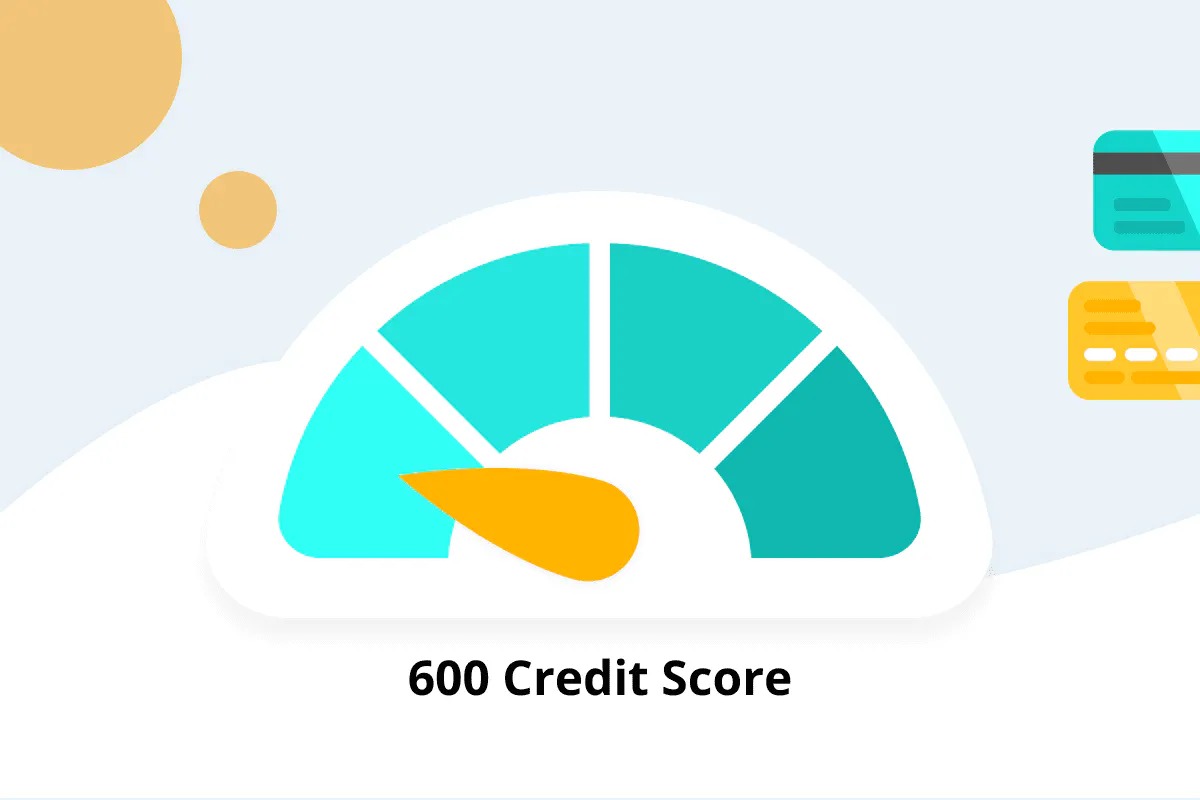Home>Finance>Series B Financing: Definition, Examples, And Funding Sources


Finance
Series B Financing: Definition, Examples, And Funding Sources
Published: January 27, 2024
Learn all about Series B financing and its definition, examples, and funding sources in the world of finance. Grow your business with this essential funding method.
(Many of the links in this article redirect to a specific reviewed product. Your purchase of these products through affiliate links helps to generate commission for LiveWell, at no extra cost. Learn more)
Series B Financing: Definition, Examples, and Funding Sources
Are you a startup or a growing company looking to secure funding for expansion and growth? If so, you may have come across the term “Series B financing.” But what exactly does it mean, and how does it differ from other financing rounds? In this blog post, we will explore the definition, examples, and funding sources for Series B financing, providing you with the information you need to navigate this stage of fundraising successfully.
Key Takeaways:
- Series B financing is typically the second round of funding that startups or growing companies seek after Series A financing.
- It is aimed at helping companies scale their operations, expand into new markets, and solidify their position in the industry.
What is Series B Financing?
Series B financing is a stage in the funding cycle of a startup or growing company. It typically follows the initial round of funding, known as Series A financing. At this stage, a company has already proven its concept, achieved a certain level of market validation, and is looking to secure additional funding to accelerate its growth.
The primary goal of Series B financing is to support the expansion and scaling of the business. Companies at this stage often have a proven product or service, an established customer base, and a clear path to profitability. The funds raised through Series B financing are usually used to fuel vertical or horizontal expansion, invest in research and development, hire talent, and enhance marketing efforts.
Examples of Series B Financings:
Many well-known companies have gone through successful Series B financings, which have played a crucial role in their growth and success. Here are a few examples:
- Uber: In 2011, Uber raised $37 million in a Series B funding round led by venture capital firm Benchmark. This funding helped Uber expand its services globally and solidify its position in the ride-sharing industry.
- Slack: In 2014, team communication platform Slack raised $120 million in a Series B funding round. This investment allowed Slack to continue its rapid user acquisition and enhance its product offerings.
- Spotify: Music streaming giant Spotify raised $50 million in Series B financing in 2011. This funding played a crucial role in Spotify’s international expansion, helping the company become a globally recognized brand.
Funding Sources for Series B Financing:
When it comes to raising funds during the Series B stage, startups have various options available. Some common sources of Series B financing include:
- Venture Capital Firms: Venture capital firms specializing in growth-stage investments often participate in Series B financing rounds. These firms provide expertise, industry connections, and financial resources to help companies scale their operations.
- Private Equity Funds: Private equity funds that focus on growth-stage investments can also be potential sources of Series B financing. These funds provide capital in exchange for equity ownership and often offer strategic guidance and operational expertise.
- Corporate Investors: Established companies and corporations looking to invest in promising startups and technologies often participate in Series B financing rounds. These strategic investors bring industry knowledge, market access, and potential partnership opportunities.
- Angel Investors: Individual angel investors with expertise in the startup ecosystem may also contribute to Series B funding. These investors often provide capital, mentorship, and industry connections.
Conclusion
Series B financing is an important stage in the funding cycle of a startup or growing company. It provides the necessary funds to scale operations, expand into new markets, and solidify the company’s position. By understanding the definition, examples, and funding sources for Series B financing, companies can navigate this stage successfully and continue their growth trajectory.
Remember, every company’s journey is unique, and securing Series B financing requires careful planning, a strong value proposition, and a compelling growth strategy. Whether you choose to engage with venture capital firms, private equity funds, or corporate investors, it’s crucial to align your funding goals with the right partners who share your vision for success.














